Unbeknown to most Aucklanders, fernbirds and banded rails are living only 9km from their city centre. But Jeremy Painting has discovered that rats in ‘plague’ proportions are threatening nesting success. He tells his story…
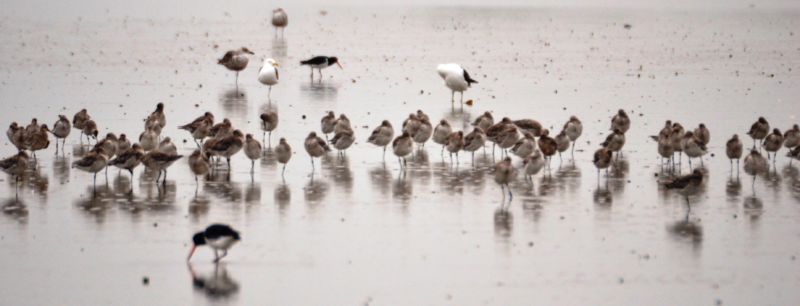
Although situated only 9km from downtown Auckland and tucked on the eastern side of the Te Atatu Peninsula, this reserve is relatively unknown to the majority of Aucklanders. Some may see the area as old cow paddocks, mangrove and scrub, however it contains an area of diverse ecological significance.
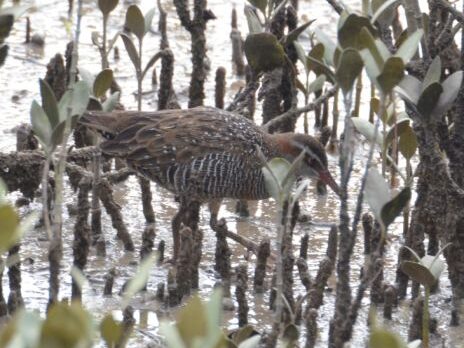
The area, about 1.2km in length, contains open grassland, scrub and regenerating bush, swamp/marsh, salt pan, road water sedimentation catchment ponds, walking tracks, coastal zone and foreshore. Parts of the swamp/wetlands have perfect habitat for the fernbird and banded rail.
The densely matted plant species offer protection from predators (land and aerial), plus plentiful food sources, together with nesting opportunities. Important species are Coastal tree daisy (Oleari asolandri), Saltmarsh ribbonwood (Plagianthus divaricatus), Pohuehue (Muehlenbeckia complexa), Oioi (Apodasmia similis). Plus mangroves and flaxes.
In the 1940’s the land along the foreshore was used for cattle farming. A large portion of the area was cleared for all scrub/trees and made into grassland paddocks.
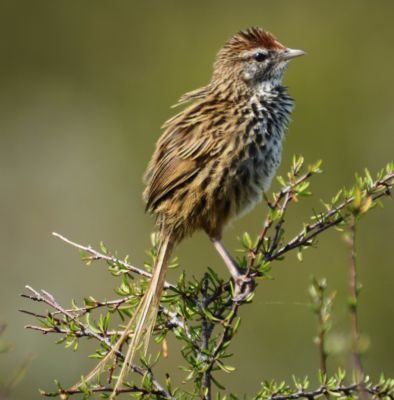
Evidence of these paddocks is still very visible; with the old fence posts, drainage ditches, still clearly present through the transition zone between scrubland and marsh. The original paddocks have made clearly defined ‘square’ zones, that run along the area from the open grass fields below the Gloria Ave car park towards the north, where re-growth has hidden them.
In 1996 Waitakere City council decided to set aside the northern part of the lower terrace and escarpment of Harbourview as “Lowland Reserve”. In 1997 a further piece of land was set aside as “South Harbour Reserve”, this being the remainder of the foreshore, lower terrace and escarpment, and the central part of the upper terrace.
After survey of public opinion in 2000, revealed that the majority of the respondents wanted the rest of the land set aside as a “Peoples Park” with no commercial development rather than a “museum of gardens’ with commercial development or a combined park and commercial development, the Council resolved that all the remaining undeveloped land at Harbourview South should be gazetted as Open Space reserve and the land known as Stage 2A should be returned to Council ownership for retention as parkland.
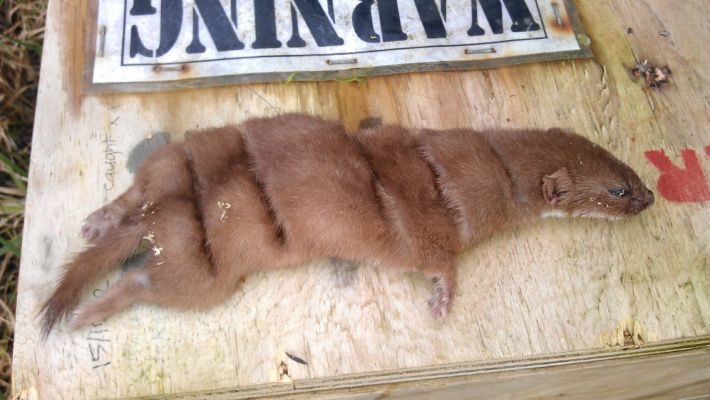
Several years ago Auckland City Council and Forest &Bird-Motu Manawa Restoration Group (Pollen Island) set up 12 DOC 200 traps along the walking track, from the Harbourview car park to below the Gloria Ave car park in an effort to control predators. The traps are checked by volunteers every 6 weeks, catching many rats, hedgehogs and to date, one stoat.
In 2015 a further 10 traps were set up to the south end of the Reserve, with some in the wetlands/swamp to hopefully to form a barrier, and the others nearer to the horse paddocks. However in this environment the DOC 200’s are/have been an ineffective pest control method, in part due to being checked so infrequently and by being set up so far from the wildlife that needs protection.
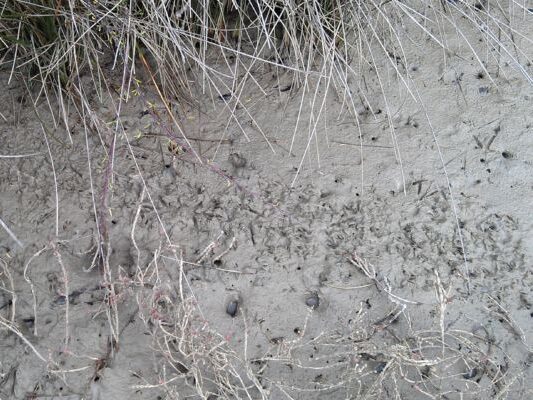
My searches of the wetlands located evidence of ‘plague’ proportions of rats. Almost every banded rail track I located around the oioi grasses out in the wetlands/marsh was accompanied by numerous rat prints, with some areas of mudflats being cut up by rat footprints, like rugby teams had run across the soft earth. The result of an overnight rat survey, using inked cards, showed 60% of cards recording the presence of rats.
As a result I decided a new and more effective strategy of pest control was needed. It needed to be done quickly as the native wildlife was struggling to survive under such an onslaught by the rats. So to increase the effectiveness of pest control, Phil-proof Bait-stations took the battle into the transition zone and out into the wetlands. By targeting the wetland areas where the matata (fernbirds) and banded rail were been encountered, the presence of rats has been greatly reduced, hopefully giving a greater chance of survival for the bird chicks and the parents alike.
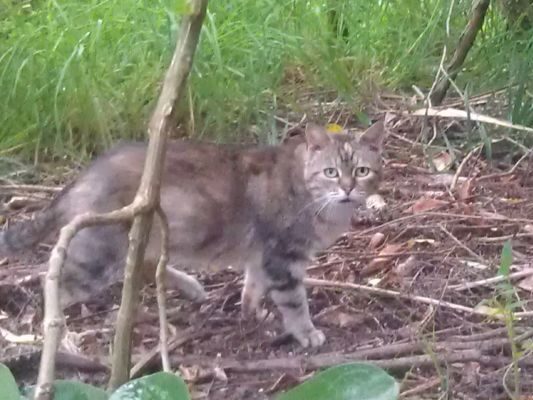
There is a problem with feral cats in the scrubland adjoining the wetlands. Unfortunately the problem is made worse by people feeding the cats.
The cats are often prevented from getting into the marsh/wetlands by the areas of thick gorse & blackberry and the often flooded/wet ground after rain (particularly in winter). However in the drier months cat footprints are found much further out into the areas where the banded rail and matata are living and nesting. On one occasion, whilst watching a pair of matata near their nest at an area in the centre of Harbourview known as “Cabbage Tree Bank”, I noticed the feral cat sitting on a bank overlooking the matata’s nesting area.
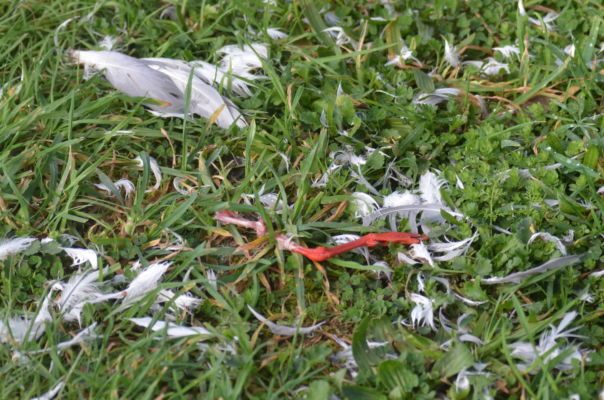
Thus predation by the feral cats is a concern. Methods for acceptable cat control are being considered/underway but the proximity of residential homes to the marsh and wetlands may mean that cats, both feral and domestic, are always going to pose some future danger to the wildlife/ matata and banded rail.
The shoreline and mudflats are the feeding grounds of the bar-tailed godwit, red knot, wrybills, banded and nz dotterel. In late February and early March many thousands of bar-tailed godwits and red knots use the area to feed, building up reserves of energy for their epic migration to Alaska.

About Jeremy:
Jeremy Painting is an active conservationist and wildlife photographer whose involvement with Harbourview Reserve started when he went for a walk at the top of the peninsula and took a photo of a bird.
“I thought it was a misplaced weka, but it was a banded rail. I then spoke with the local guys from Forest & Bird and did some initial searches through the wetlands, locating fernbird and rail prints plus thousands of rat prints. I’d been away from NZ for over 10 years. When first back I used my bush skills to assist with the Ark in the Park’s Kokako Recovery Programme, locating birds deep in the remote areas of the Ark. I also assisted a foreign student doing her Masters on rat populations. I’ve also assisted with NZ robin capture/banding and NZ dotterel breeding protection programme on the Coromandel coast.”
Jeremy’s conservation work also extends to predator control.
“I’ve killed many hundreds of wasp nests each summer and actively cull rabbit and goats. I also assist the Forest Ridge Conservation Group with their bait station programme. It’s a buffer zone to the Ark in the Park and I maintain the lines on properties where residents can’t. I also have ongoing dealings with the F&B Matuku Reserve and Te Henga Wetlands.”

